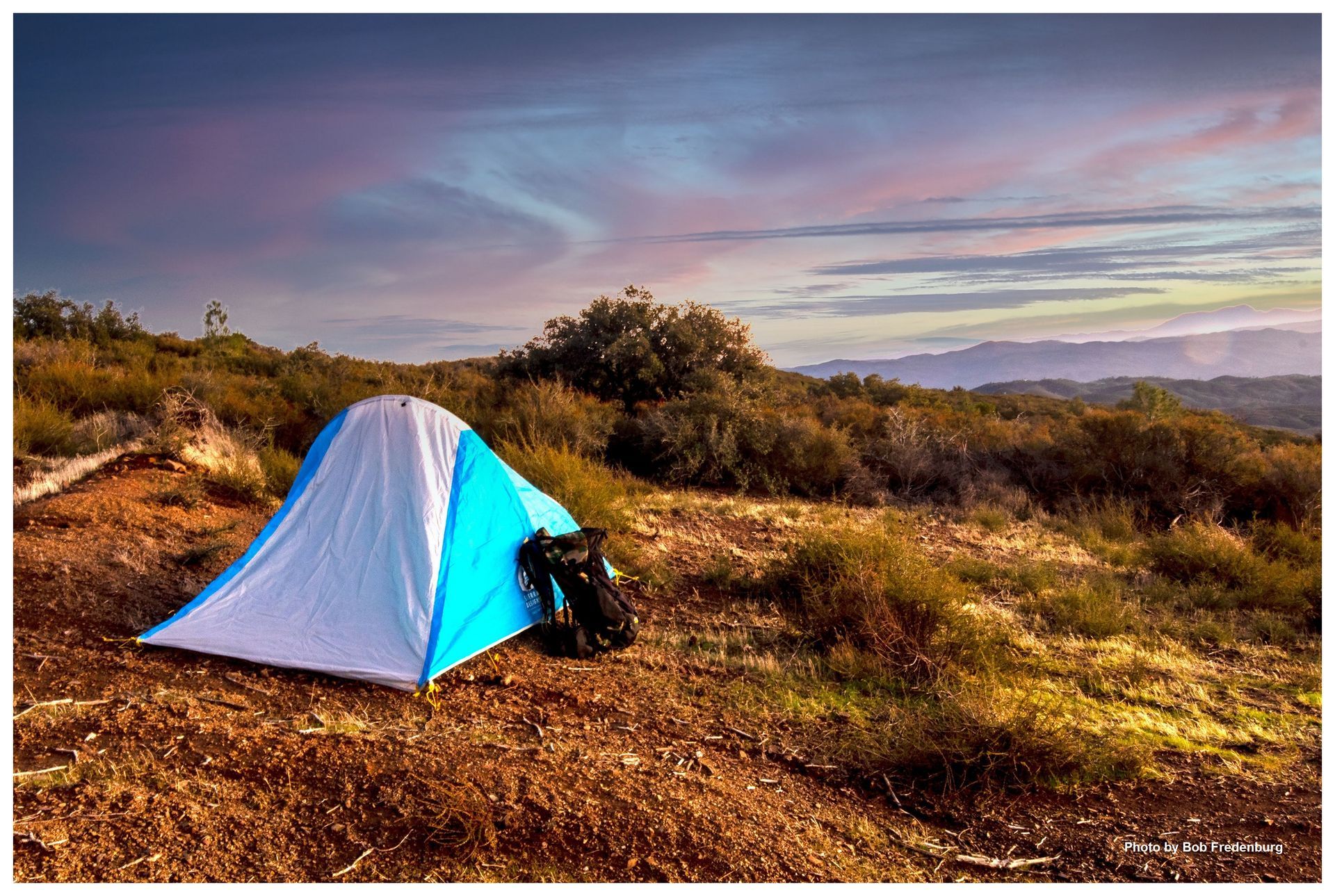Enjoying Outside, Inside - Climate Change: Finding Out What Works

Camping on Molok Luyuk by Bob Fredenburg
If you’re like most Americans, you support policies to mitigate climate change but believe other Americans don’t. Meanwhile, although mainstream news outlets are devoting more coverage to climate change, they tend to focus on impacts rather than solutions, which can add to a sense of helplessness. But solutions are out there, and by learning about them you have more opportunity to support them.
In my experience, news outlets and organizations that specialize in environmental issues often cover solutions even in discussions of problems. Here are some of my favorite sources for solutions-oriented journalism.
- Top of my list—partly because I write for it—is Project Regeneration Nexus. Want to know why toilet paper is driving climate change? Check out the Boreal Forests page. Wondering whether carbon credits are for real or just greenwashing? Read the Offsets and Onsets pages. Never thought of seagrasses as a climate solution? See why they are one of the world’s most effective carbon storage systems (OK, that page is mine; the others are by my colleagues). Every carefully researched page both discusses climate impacts and provides ways to act at levels from individual to governance.
- Grist.org has been covering climate issues for many years. Its Grist Fix section features change makers in all walks of life; this year the section focuses on imagined futures that we might actually want, instead of the dystopias that are catching our attention spans (and making money off of them). It also runs current articles on solutions like why eating lionfish can save other fish and profiles changemakers from all walks of life.
- If you want a global discussion that covers frontline and indigenous communities, try Mongabay. Their nuanced, nuts-and-bolts focus can help with making better individual choices (like how to reduce computer gaming energy use) and policy choices (like why preserving even a tiny riparian buffer is better than none).
- Yale Environment 360 gives deep dives into a variety of environmental issues. Even when the headline emphasizes problems, their article typically discusses potential solutions, as in this article on failed tree planting projects that links to a more successful approach, or this article on pollen and heat that discusses a variety of ways that researchers and growers are making sure their crops can pollinate.
- For a more tech-oriented approach–or to really get involved–see the ClimateBase blog. ClimateBase is a job search site for those who want to use their skills to combat climate change, and their blog features financial, technological, and industrial aspects of climate change.
There’s a lot happening out there—go take a look!
-Amy Boyer
RECENT ARTICLES






